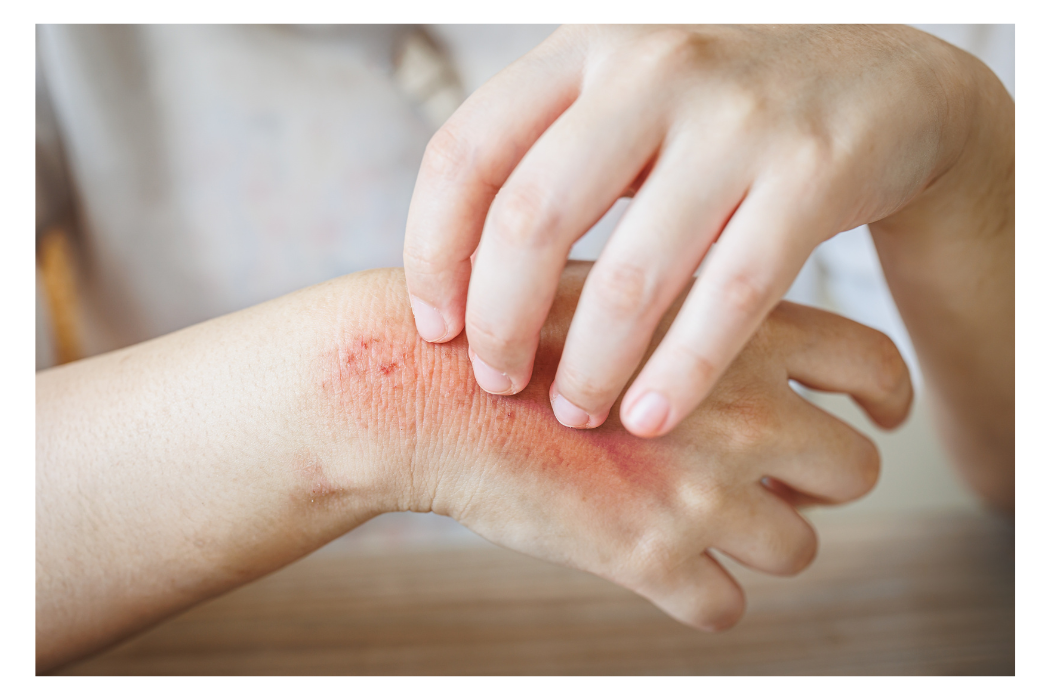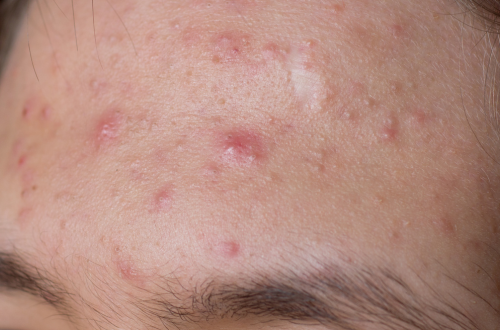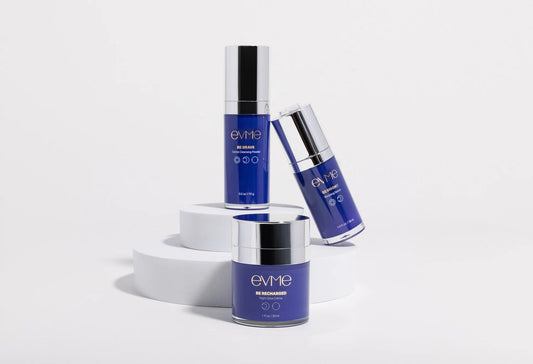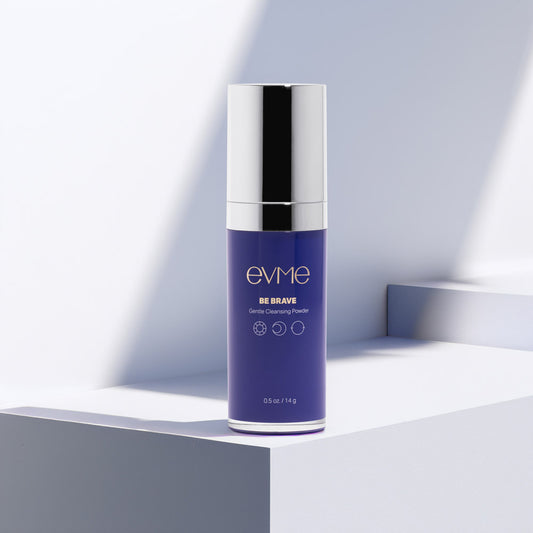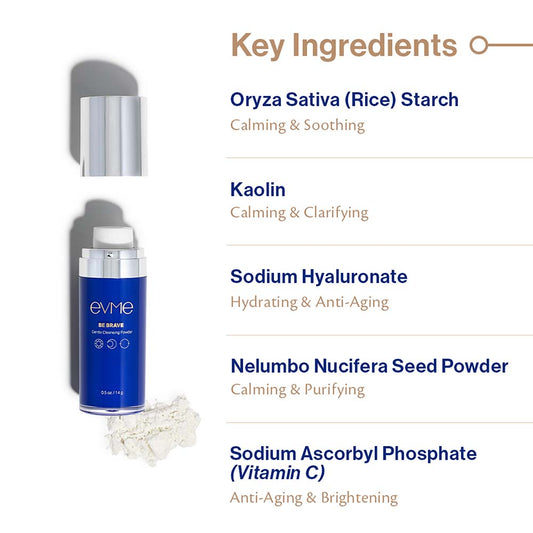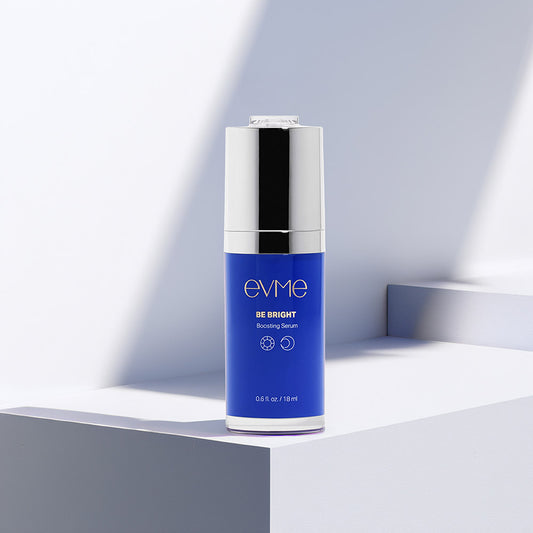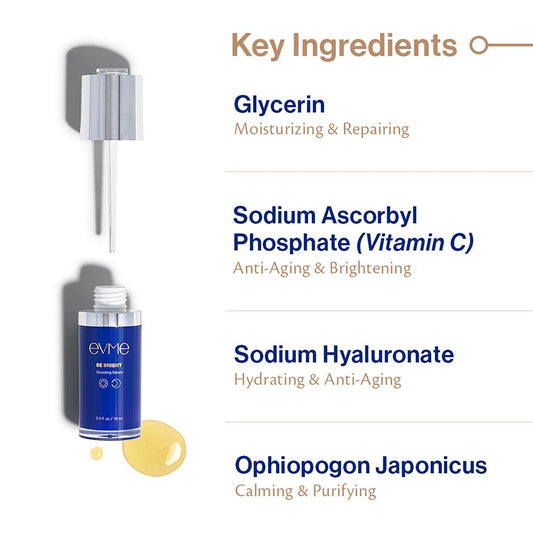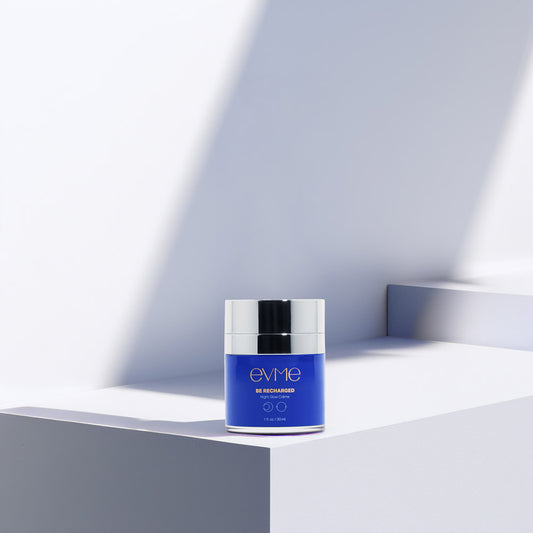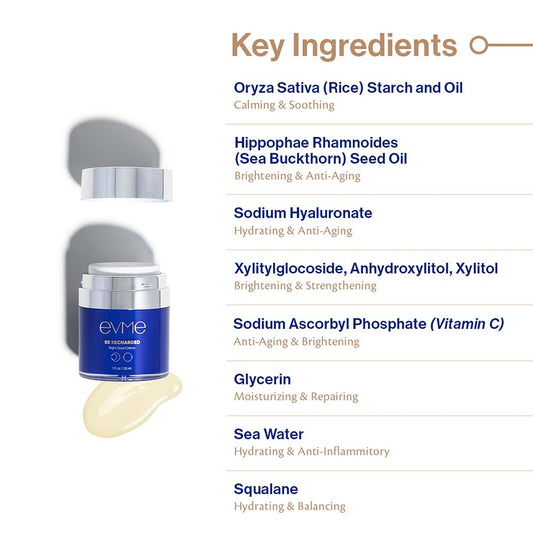Try Evme, allergist-created luxe skincare for sensitive and allergic skin.
Shop All ProductsCommon Reactor Series: How to Find the Best Cleanser for your Sensitive Skin
September 19, 2023

Back To Articles
It can be really hard to figure out what exactly you are reacting to when you start showing signs of a reaction on your face. You might notice symptoms and then wonder... which of my products caused this problem? Which actual ingredient is causing the reaction and what should I avoid in the future?
I thought it might be interesting to start a new series where I discuss common reactors in different categories of products, so you can have a strategy to avoid reactions when you’re trying to pick your next personal care product.
I want to start this series by discussing cleansers. This general category includes face washes, body washes, hand sanitizers, and also shampoos and other products that function as a type of detergent or cleaner for your body.
Breakdown of cleansers:
1) Surfactants - this is the “soap” or detergent part of the product. This is the main active ingredient in a cleanser to break down dirt and oils.
Surfactants are known irritants to the skin since they work by breaking down lipids, found in oils and debris on skin, but also in the skin barrier. Harsh surfactants can break down the skin barrier and can actually make you more susceptible towards developing new allergies and further irritation!
The surfactants known to have the most irritation potential include SLS or Sodium Laurel Sulfate and Benzalkonium Chloride. SLS is a widely used surfactant in all types of personal care products (very common in shampoos). Benzalkonium Chloride is commonly used in hand sanitizers (especially alcohol-free sanitizers), laundry detergents, antiseptic products at the pharmacy, and sanitizing wipes.
Surfactants are also capable of causing allergic reactions of the skin. The surfactant ingredients most connected with allergic skin reactions are:
- Cocamidopropyl betaine (CAPB)
- Propylene glycol (PG)
- Polyethylene glycol (PEGs)
- Oleamidopropyl dimethylamine
- Decyl glucoside
- 3-dimethylaminopropylamine
- Amidoamine
- Cocamide diethanolamine.
2) Fragrances - almost all personal care products out there have some fragrance in them. Whether it’s there to mask the smell of some other ingredient that smells bad, or purposely to have a fragrance, it’s quite likely that it’s in your product. As I’ve mentioned many times before, fragrance is the MAIN allergen/irritant that you all need to avoid since it causes the majority of reactions.
3) Preservatives - Most people want to enjoy a good shelf-life of their products, and nobody wants “bugs” to grow in their products, so some form of preservation is crucial. Unfortunately, many preservative systems that are used in personal care products create reactions.
4) Fillers/Other potentially unnecessary ingredients - the average personal care product has SEVERAL added ingredients including things added to stabilize other components of the formula or ingredients added to give the product a particular color. It’s important to read these ingredients carefully and see if it’s really worth it to be exposed to them!
I hope it’s helpful to understand components of cleansers that can lead to reactions if you have sensitive or allergic skin. Stay tuned for the next item in our common reactor series...serums.
Recommended articles
close
Evme Sans-Allergenic Skincare Products
- Choosing a selection results in a full page refresh.



